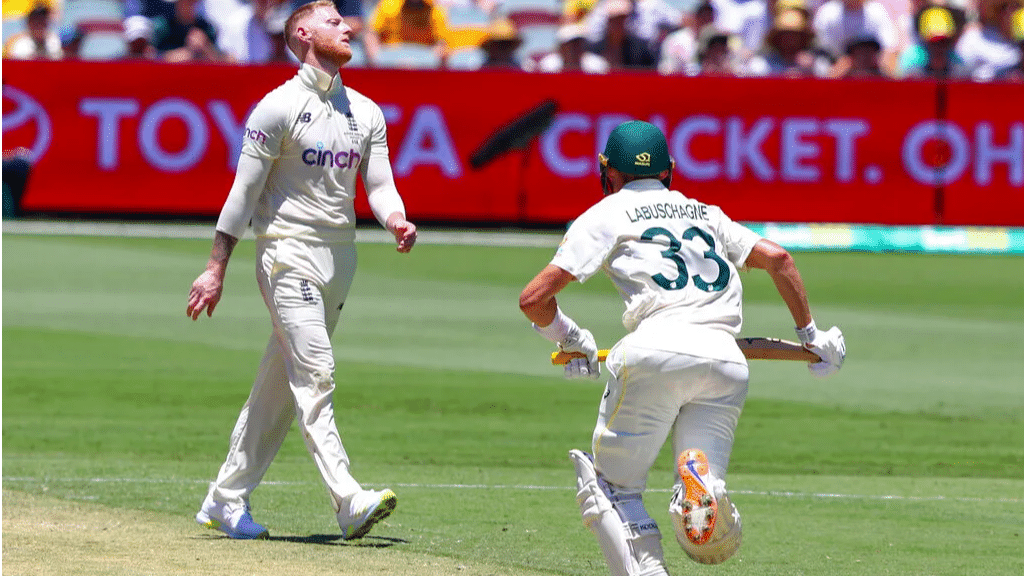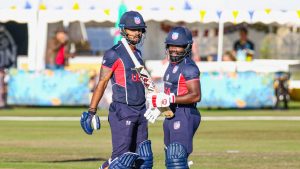Ben Stokes bowled as many as fourteen no-balls on Day 2 of the first Ashes Test against Australia at the Gabba on Thursday. However, the England all-rounder was called out only twice. Riding on Travis Head’s quickfire hundred, the hosts finished the day at 343/7, leading Joe Root and company by 196 runs.
On-field umpiring and technology were questioned after Ben Stokes got away with 12 no-balls on Day 2. Channel Seven showed that in the 30-year-old’s first five overs there had been 14 no-balls.
Also read: I’m pinching myself: Australia’s Travis Head on quick-fire Ashes ton vs England
Stokes denied himself David Warner’s wicket in his very first over when he delivered a no-ball. However, it found that the Englishman had overstepped on the first three deliveries of the over as well, but it went undetected. The Australian opener went on to score 94 runs.
After Channel Seven’s revelation, ESPN reported that the technology put in place to allow the TV official to monitor the frontline had gone down before the match started. So, like previous conditions, only wicket-taking deliveries were checked.
Also read: Ashes and the urn: How cricket’s oldest rivalry got its name, trophy
“The third umpire shall review television replays of the bowler’s front foot landing and, if he/she is satisfied that any of these three conditions have not been met, he/she shall immediately advise the bowler’s end umpire who shall in turn immediately call and signal No-ball,” ICC playing conditions for the World Test Championship state.
Commenting on the incident, England captain Joe Root, to Fox News, said, “Slightly frustrating but we can’t let that get to us.”
Former Australian skipper Ricky Ponting lashed out at match officials.
Also read: Steve Smith to Joe Root: 5 players to watch out for in Ashes 2021
“If it’s someone upstairs who’s supposed to be checking these, and if they haven’t decided that any of those are a no-ball, it’s pathetic officiating as far as I’m concerned. If (Ben Stokes) had been called for a no-ball the first one he bowled, then of course he’s going to drag his foot back,” he said.
“Certainly according to the playing conditions and technology process, they are supposed to be checking every ball. I really can’t explain why they weren’t (checked). They (the third umpire) do have the support of an ICC technician in that third umpire’s box. Together with that technician, they are supposed to be looking at every ball and if it is close, they’ll examine it and call it,” former umpire Simon Taufel said.







